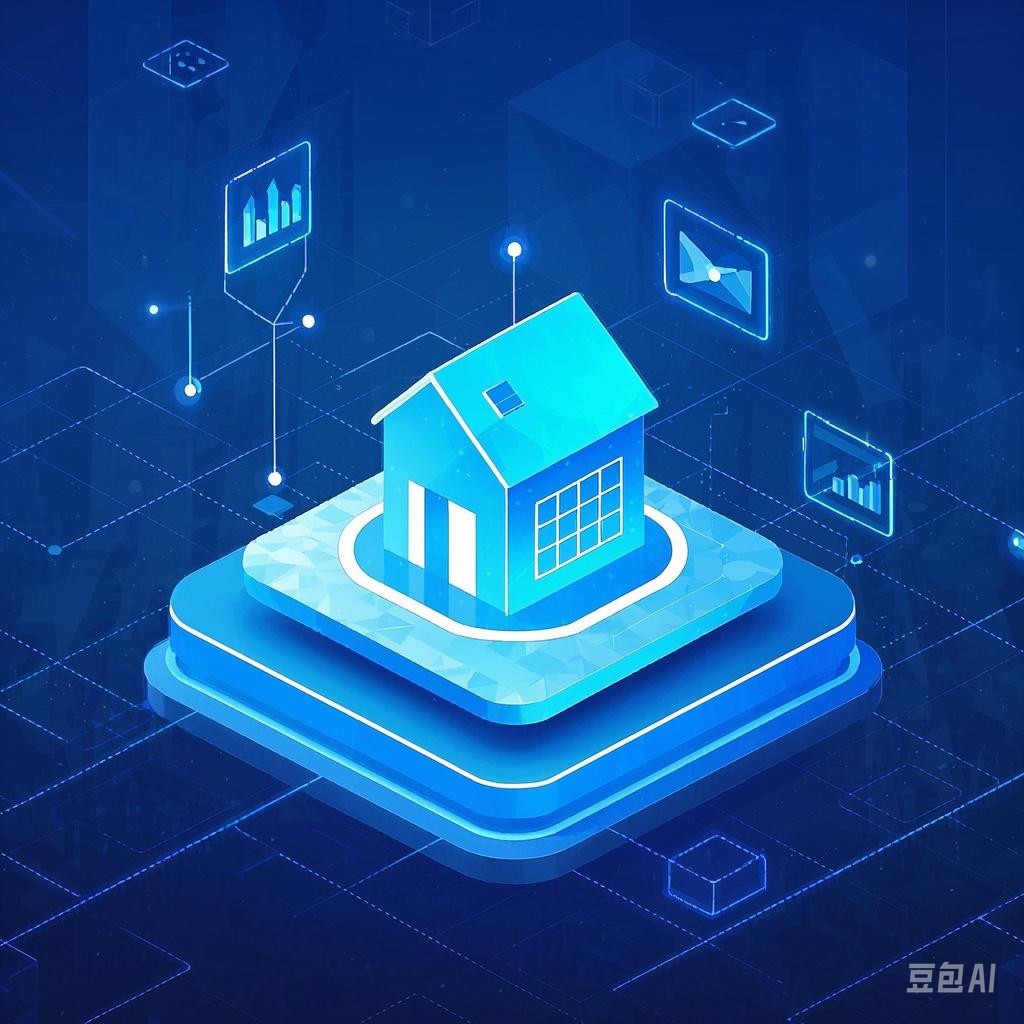The concept of the metaverse has gained significant traction in recent years, promising a future where virtual worlds blur the lines between the physical and digital realms. As this technology continues to evolve, understanding the terminology and concepts associated with the metaverse becomes increasingly important. This article aims to decode the English of metaverse technology, providing a comprehensive guide to the key terms, concepts, and advancements shaping this futuristic landscape.
Key Terms in Metaverse Technology
1. Metaverse
The metaverse refers to an immersive and persistent networked virtual environment that allows users to interact with a computer-generated world. It is often described as the successor to the internet, offering a more immersive and interactive experience.
2. Virtual Reality (VR)
Virtual Reality is a technology that creates a simulated environment that can simulate physical presence and environment. In the context of the metaverse, VR headsets are used to provide users with an immersive experience.
3. Augmented Reality (AR)
Augmented Reality overlays digital information onto the real world. In the metaverse, AR can be used to enhance the physical environment with digital elements, creating a blended experience.
4. Blockchain
Blockchain is a decentralized digital ledger that records transactions across many computers so that the record cannot be altered retroactively without the alteration of all subsequent blocks and the consensus of the network. In the metaverse, blockchain can be used for secure transactions, ownership verification, and more.
5. Non-Fungible Tokens (NFTs)
NFTs are unique digital assets that cannot be replicated or substituted. They are often used to represent ownership of digital art, collectibles, and other unique items within the metaverse.
6. Decentralized Autonomous Organizations (DAOs)
DAOs are organizations that operate through smart contracts on a blockchain, allowing for collective decision-making and management without the need for a central authority.
Concepts in Metaverse Technology
1. Spatial Audio
Spatial audio is a technology that allows for realistic and immersive soundscapes in virtual environments. It simulates the way sound travels in the real world, enhancing the overall immersive experience.
2. Haptic Feedback
Haptic feedback is the use of touch to provide real-time information to the user. In the metaverse, haptic feedback devices can simulate touch sensations, making the virtual experience more tangible.
3. Cross-Platform Interoperability
Cross-platform interoperability refers to the ability of different platforms and devices to work together seamlessly within the metaverse. This allows users to interact with virtual environments regardless of the hardware or software they are using.
Advancements in Metaverse Technology
1. Improved Graphics and Performance
Advancements in graphics technology have made virtual environments more realistic and immersive. Additionally, improvements in hardware performance have allowed for more complex and detailed virtual worlds.
2. Enhanced Social Interaction
As the metaverse evolves, there is a growing emphasis on social interaction. Platforms are developing features that enable users to connect, communicate, and collaborate in virtual spaces.
3. Integration with the Physical World
The integration of the metaverse with the physical world is an ongoing trend. This includes the use of AR and VR to enhance real-world experiences and the development of digital twins of physical objects and environments.
Conclusion
Understanding the English of metaverse technology is crucial for anyone looking to navigate this rapidly evolving field. By familiarizing oneself with key terms, concepts, and advancements, individuals can better grasp the potential of the metaverse and its impact on various industries. As the metaverse continues to unlock new possibilities, staying informed about its language and technologies will be essential for future success.
